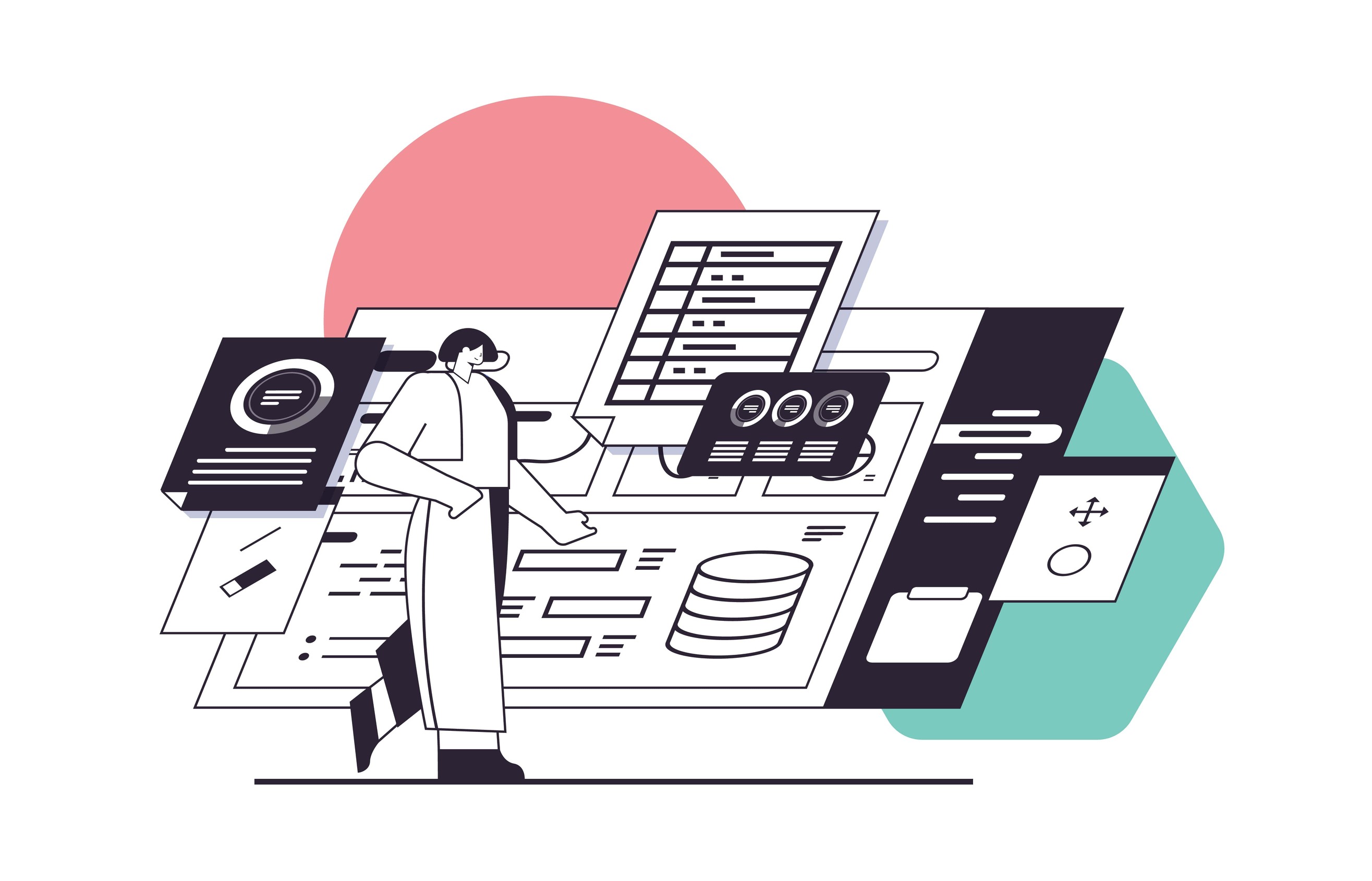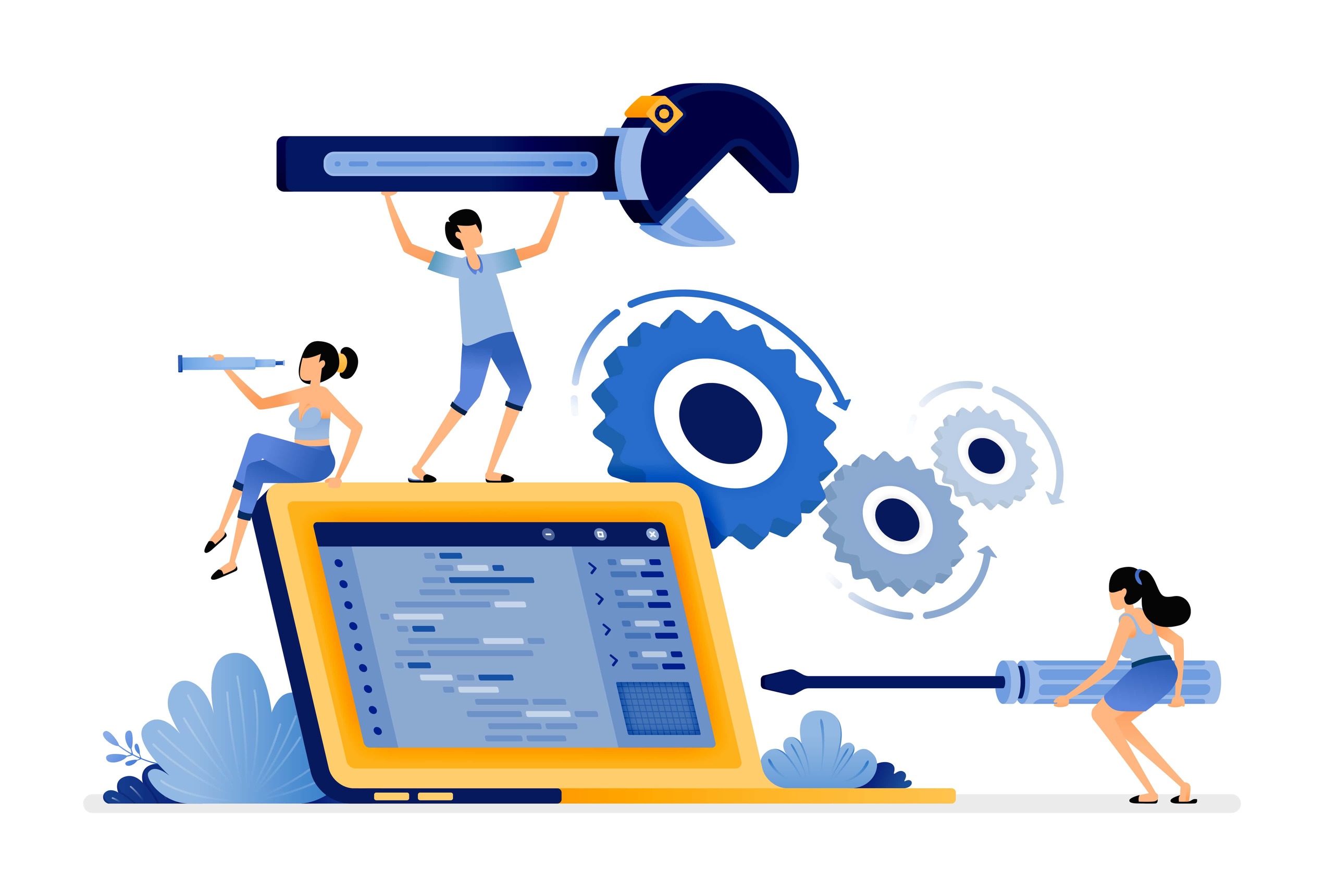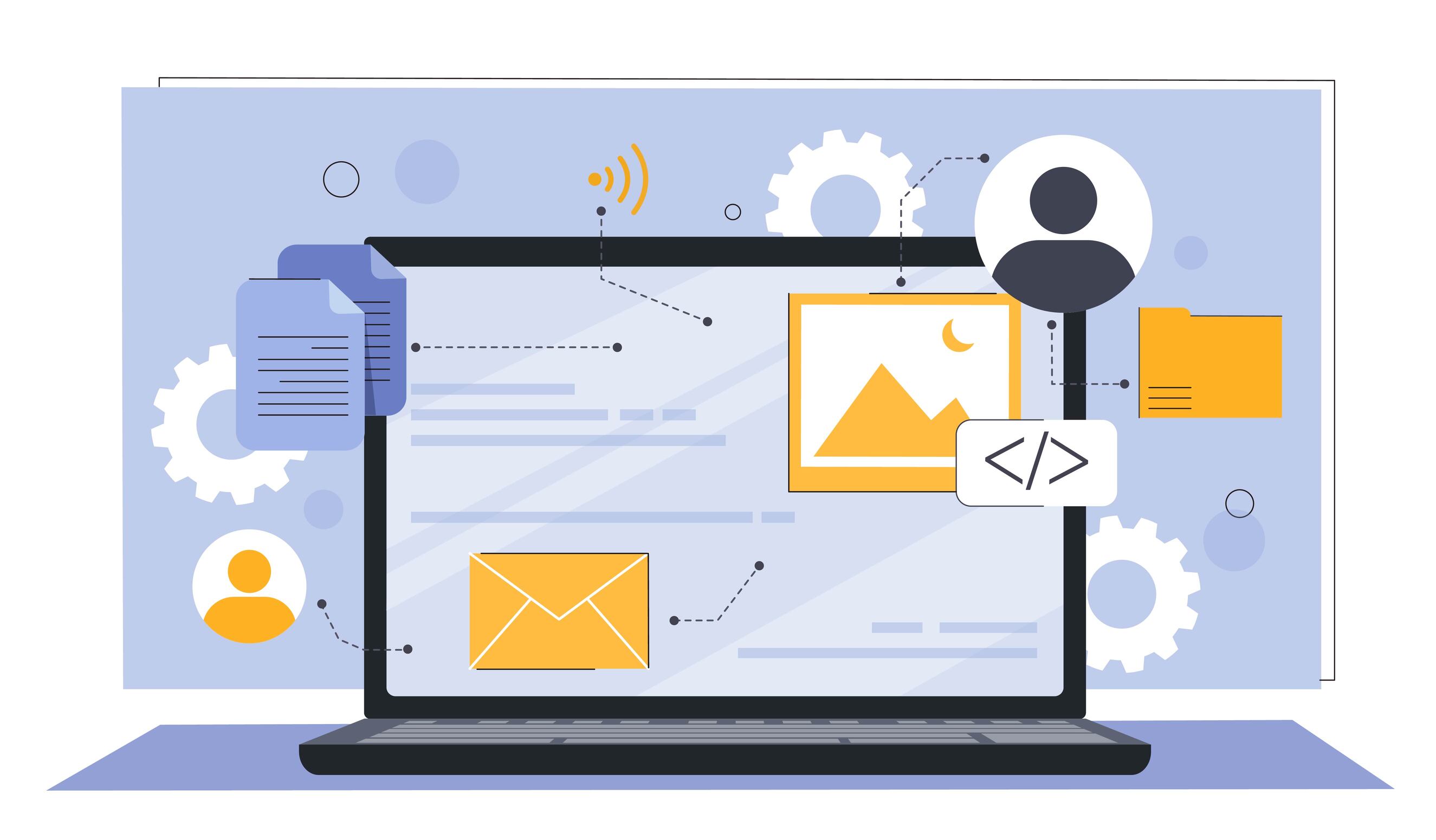Human Resources Management Software - Makes the Difference
Corporate portal

 1183
1183 
Human Resources Management Software: The Comprehensive Guide to Choosing the Ultimate Solution
In today's competitive business world, effective management of human capital is the key to long-term success. This is where human resources management software comes into play - essential tools that help organizations of all sizes streamline workflows, enhance employee experience, and promote business growth. But with such a wide variety of options available in the market, how do you choose the perfect software that meets the unique needs of your business? This guide will help you navigate the technological maze and make an informed decision.
Step One: Mapping Needs and Challenges
The starting point in choosing human resources management software is a deep understanding of the specific requirements of the organization. Do you need advanced recruitment functions, or is the focus on managing training and development processes? Is there an urgent need for automation of payroll and compensation systems? The more accurately you can define the critical challenges facing you, the easier it will be to identify the optimal solution.
An example of this can be found in the Israeli high-tech company "TechPeak," which faced significant challenges in recruiting talented engineers in a competitive job market. After a comprehensive mapping process, HR managers realized they needed software that focused on advanced candidate sourcing capabilities, automatic resume filtering, and centralized management of all stages of screening and placement. These insights helped them filter the abundance and focus attention on the most relevant solutions.
Key Factors in Comparing Human Resources Management Software
Once you have defined your list of requirements, it's time to dive into the depth of the options available. Here are several essential parameters to consider:
- Scope of Functionality: Ensure that the software covers all the core areas you need, such as recruitment, training, performance management, and compensation. Look for a solution that offers a comprehensive response instead of a fragmented collection of separate applications.
- User Interface and Customization: Choose software that is easy to operate and implement, with an intuitive interface that will allow employees and managers to get the most out of it. Additionally, it is important that the system can be customized to fit the existing workflows within the organization.
- Integration and Reporting Capabilities: The system should seamlessly integrate with other applications within the organization, such as financial systems or project management tools. Furthermore, ensure that it offers advanced reporting and data analysis capabilities for informed decision-making.
- Costs and Pricing Flexibility: Compare different pricing models, whether it's a proprietary license or a monthly subscription model (SaaS). Consider not only the initial cost but also the ancillary expenses such as maintenance, customer service, and training.
As another example, consider the large bank "FinTech," which sought to consolidate several outdated systems into one centralized platform for managing human capital. After a thorough assessment of the organization's needs, they selected software that offered an end-to-end solution with advanced technological capabilities, along with pricing model flexibility that allowed them to start small and gradually expand their use of the system. The result? A 20% improvement in operational efficiency, and savings of hundreds of thousands of shekels per year.
A Look to the Future: Leading Trends in the Industry
When making an informed decision, it's also crucial to be aware of the overarching trends shaping the world of human resources management software. Here are several compelling insights:
- The software market is expected to grow at a dizzying pace of 10.5% annually until 2027, reaching a total value of $30 billion.
- A rapid transition to cloud-based solutions (SaaS), enabling accessibility from anywhere and at any time.
- Widespread adoption of artificial intelligence and machine learning technologies for automating tasks and data-driven decision-making.
- Increasing emphasis on enhancing employee experience (EX) as a primary driver for growth and retention of quality human capital.
According to recent surveys, about 60% of organizations worldwide are already using human resources management software, and 70% are considering increasing their investment in the field in the coming years. This means it's an irreversible trend that every organization must address in order to stay relevant and competitive.
In conclusion, choosing the right human resources management software is a strategic decision with far-reaching implications. It is a complex process that requires deep thought, thorough research, and precise alignment with organizational needs. However, when you find the perfect combination of rich functionality, user-friendly interface, integration capabilities, and operational flexibility - the impact on organizational performance can be dramatic. Whether it's streamlining workflows, improving employee satisfaction, or advancing business goals - a thoughtful investment in human resources management software is an essential step toward organizational excellence.





